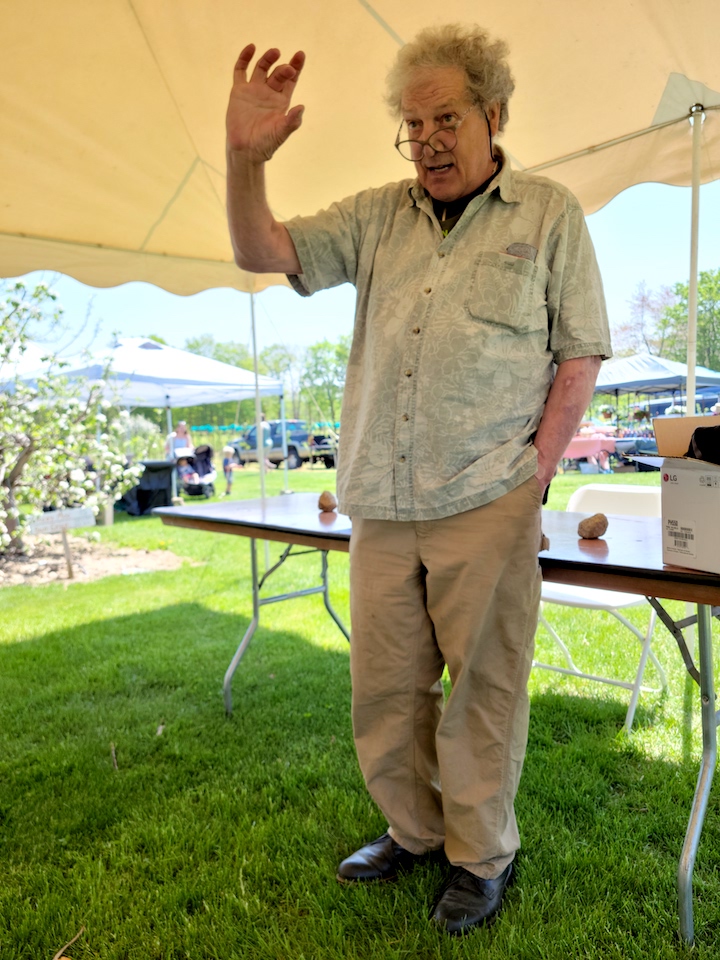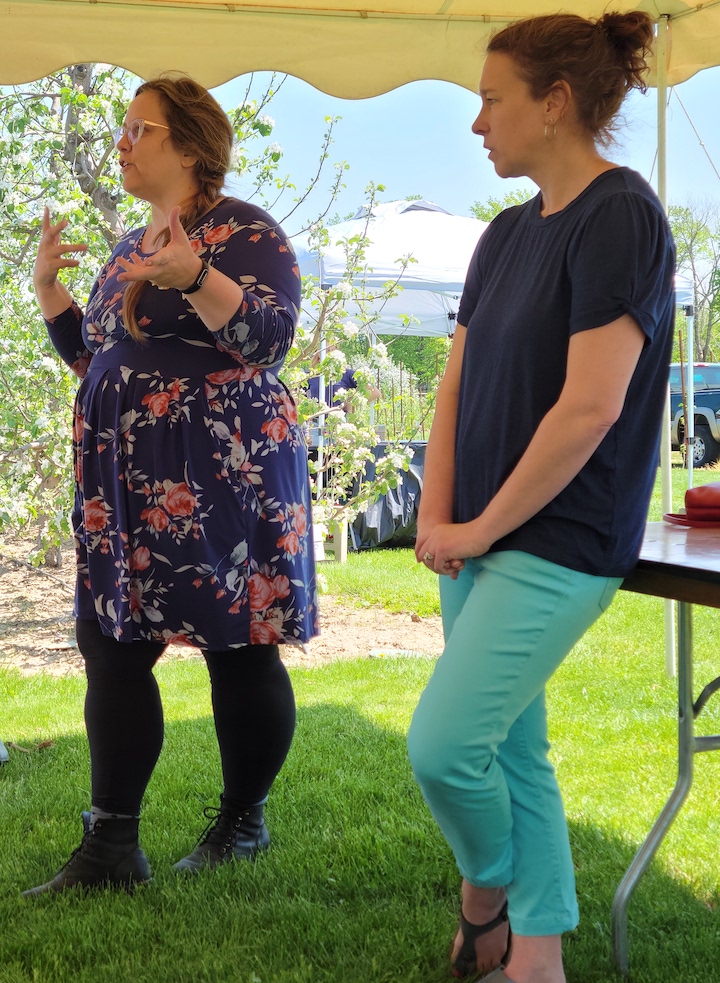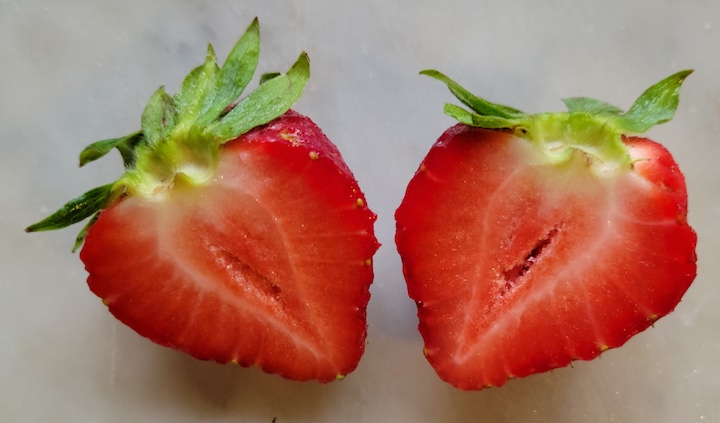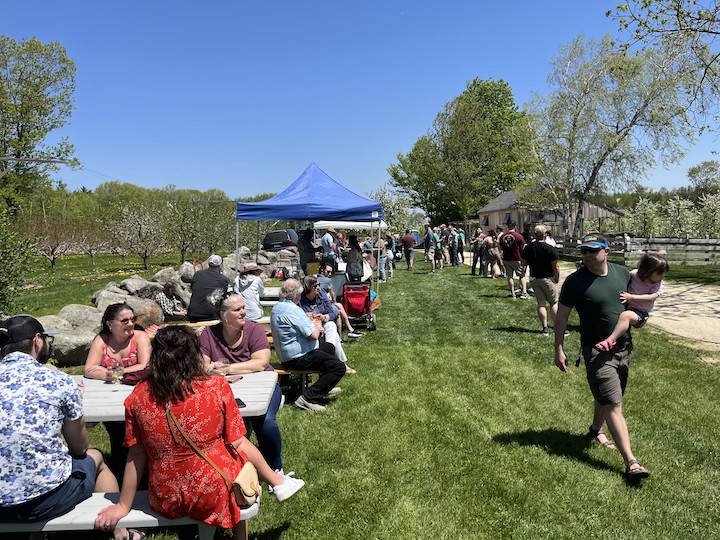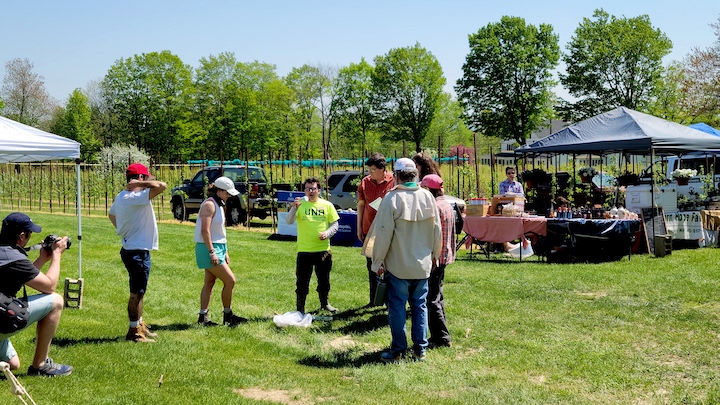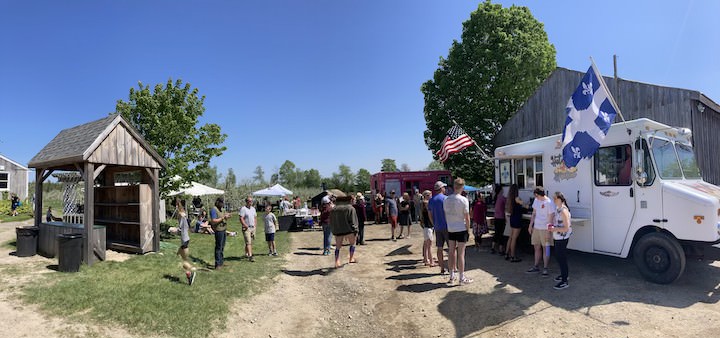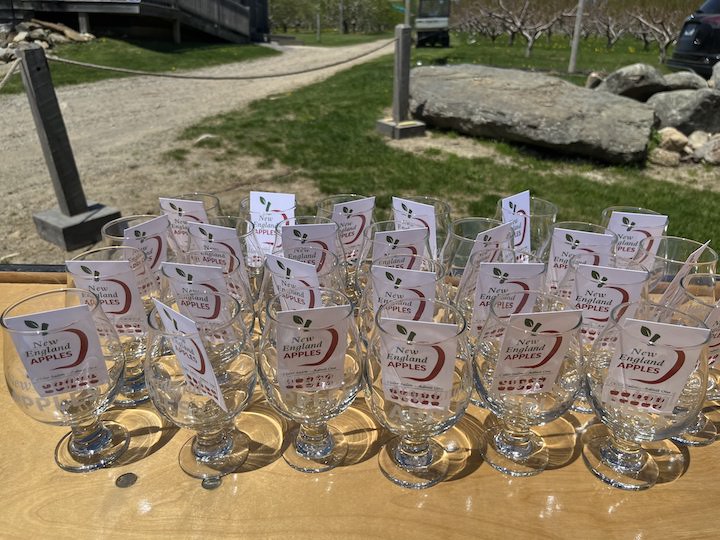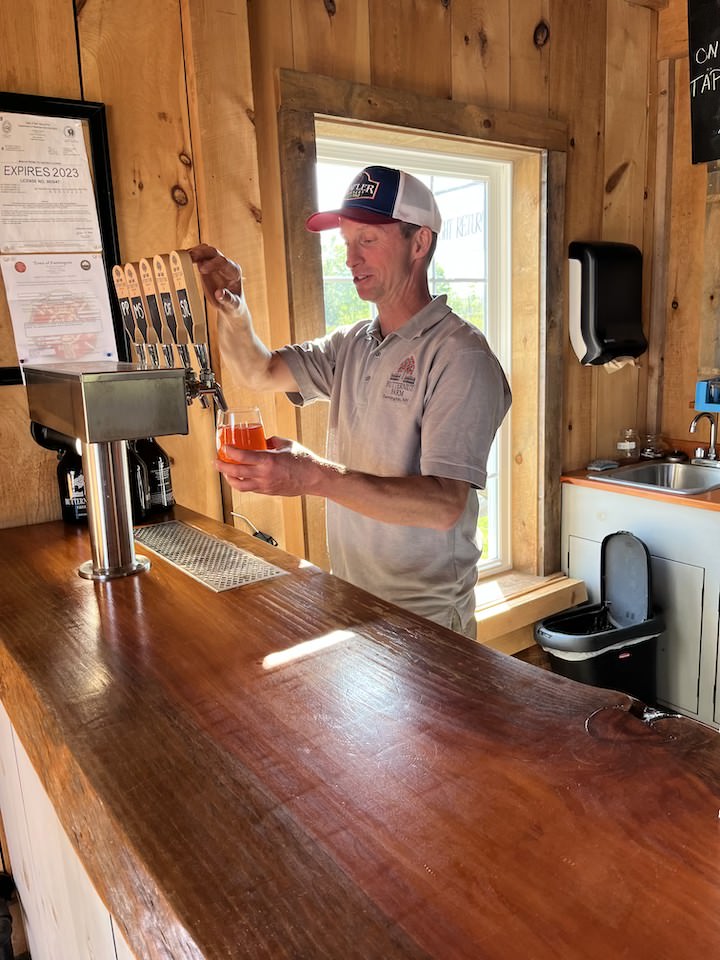
THIS WILL BE A CHALLENGING YEAR for many of the region’s apple growers. After losing most of the peach crop due to extreme cold February 4, frost damage on May 18 caused a significant amount of damage to New England’s apple crop.
There is still much to learn about the size and condition of the 2023 crop, especially after “June drop,” when trees annually shed surplus apples, and depending on the weather this summer. But the New England crop will be greatly reduced as a result of the frost.
Grower losses across the six-state region are highly variable, however; some orchards avoided frost and have full crops, while others will have few if any apples this fall. Most places will have some apples, but supplies are expected to be limited.
Apple blossoms can withstand a light freeze, to about 28°F, but below that the blossoms die and will not produce fruit. Factors impacting the extent of damage include the amount of time the temperatures fall below freezing, and the orchard’s location — apples on higher slopes where air circulates generally fare better than trees in low-lying regions.
Growers are limited in their ability to prevent frost damage. Some use windmills to keep air circulating. A few smaller orchards place smudge pots beneath the trees, or spray the the blossoms with water to keep them in a 32°F “cocoon.” But the size of most orchards makes them vulnerable to extreme weather events like hail or a late frost.
Some farms have crop insurance, but in most cases it only covers a percentage of the loss. Regional officials have submitted disaster declaration requests to USDA Secretary Tom Vilsack, which would provide assistance through low-interest loan opportunities for the affected farms, and/or direct payments for farms impacted by the frost.
In any event, there will still be plenty of locally grown apples this fall, just not as many or in all of the usual places. It will be more important than ever to call ahead to see what’s available. Your support of your local grower has never been more valued or critical!
We’ll provide periodic updates on the crop as the season progresses.
* * *
FORTUNATELY, many New England orchards have diversified in recent years, mitigating to some extent the smaller crop of apples and peaches. From cider donuts to fresh vegetables and locally grown products like honey, cheese, and maple syrup, a number of orchards have farm stores, cafes, bakeries, and special events.
June is the beginning of berry season, and there is a good supply of strawberries now ripe for the picking at many orchards, with blueberries and raspberries not far behind.
Look to our Orchard Finder to see who is growing what, and be sure to call ahead for hours and availability.
* * *
THERE IS PLENTY of fresh and hard cider to enjoy while feasting on strawberries and preparing for the 2023 apple harvest!
Several hundred cider aficionados turned out for New England Apple’s first Spring Cider Social at Butternut Farm, Farmington, New Hampshire, May 13, to sample the wares of New Hampshire cider-makers, listen to speakers, enjoy apple blossoms (just days before the freeze!), and bite into McIntosh apples still crisp from controlled-atmosphere storage.
The event was part of a feasibility study for a proposed New England Museum of Apples and Cider.
Sponsored by New England Apple Association with support from the New Hampshire Department of Agriculture, Markets and Food, the museum would permanently enshrine New England’s seminal history as an apple-growing region and its national leadership in the current explosion of interest in ciders.
